1. Overly Personalized Built-Ins
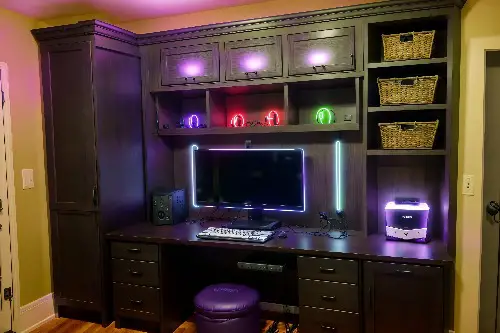
Custom bookshelves, entertainment centers, or desks may feel like a dream solution for your current needs, but they can quickly turn off potential buyers. Built-ins that are highly tailored to your lifestyle, like a wine rack that dominates the dining room, make it hard for others to see themselves in the space. Buyers often want flexibility, and too many fixed elements limit how they can use the rooms. What worked for you may feel like a project they’ll need to undo.
Additionally, the cost of removing or altering built-ins can be significant, and most buyers aren’t looking for extra expenses after closing. Instead of viewing it as an upgrade, they might see it as a hurdle. Buyers may assume the home is less adaptable to their needs, making your property less competitive. That usually translates into lower offers or more time sitting on the market.
2. Wall-to-Wall Carpeting
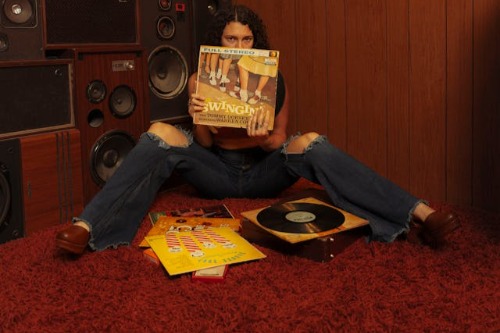
Many homeowners love the softness and warmth of carpeting, but most buyers see it as a dated feature. Carpets trap allergens, stains, and odors, which immediately make them less appealing compared to hardwood or vinyl flooring. Even freshly cleaned carpet often feels like it’s hiding years of use. Buyers today tend to lean toward surfaces that look sleek, are easier to clean, and last longer.
Replacing carpet with hard flooring is expensive, so buyers factor that cost into their offer. If they know they’ll have to rip it out, they’re less likely to pay full price for the house. In some cases, homes with all carpet feel less modern, which can hurt first impressions during showings. Flooring trends shift, but carpet-heavy homes almost always get dinged in value.
3. Converted Garages
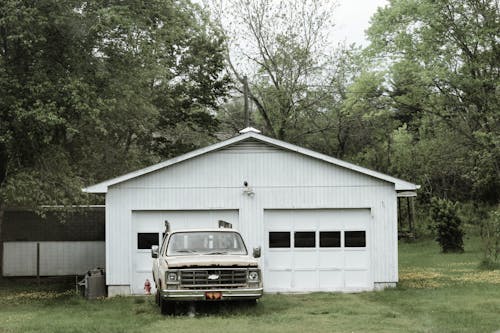
Turning a garage into a home gym, extra bedroom, or playroom may seem like a smart use of space, but it’s often a resale misstep. Buyers expect garages for storage and parking, and losing that functionality is a major downside. In many areas, the lack of a garage can be a dealbreaker, especially for families with multiple cars. The change also reduces curb appeal if the conversion looks obvious.
On top of that, not all garage conversions are done to code, which can raise red flags during inspection. Even if the work is permitted, buyers may still see it as something they’ll need to “fix” later. Since garages are so highly valued, removing one often lowers a home’s appraisal. What seems like an addition to you may read as a loss to someone else.
4. Swimming Pools in Cold Climates
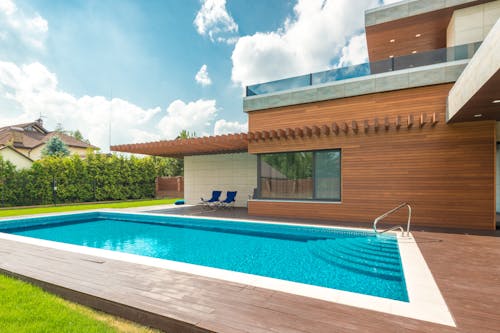
A pool sounds glamorous, but location matters. In colder regions, a pool is more of a liability than a perk because it’s usable only a few months out of the year. Maintenance costs, insurance premiums, and safety concerns also weigh heavily on buyers’ minds. Unless the buyer is specifically hunting for a pool, they’ll usually prefer a bigger yard instead.
Even in warm climates, not everyone wants the responsibility of pool upkeep. Buyers may mentally deduct the cost of filling in the pool or upgrading outdated equipment. In family-focused neighborhoods, some parents avoid pools altogether for safety reasons. So while a pool might boost value in Florida or Arizona, it can sink your chances in most other markets.
5. Home Theaters
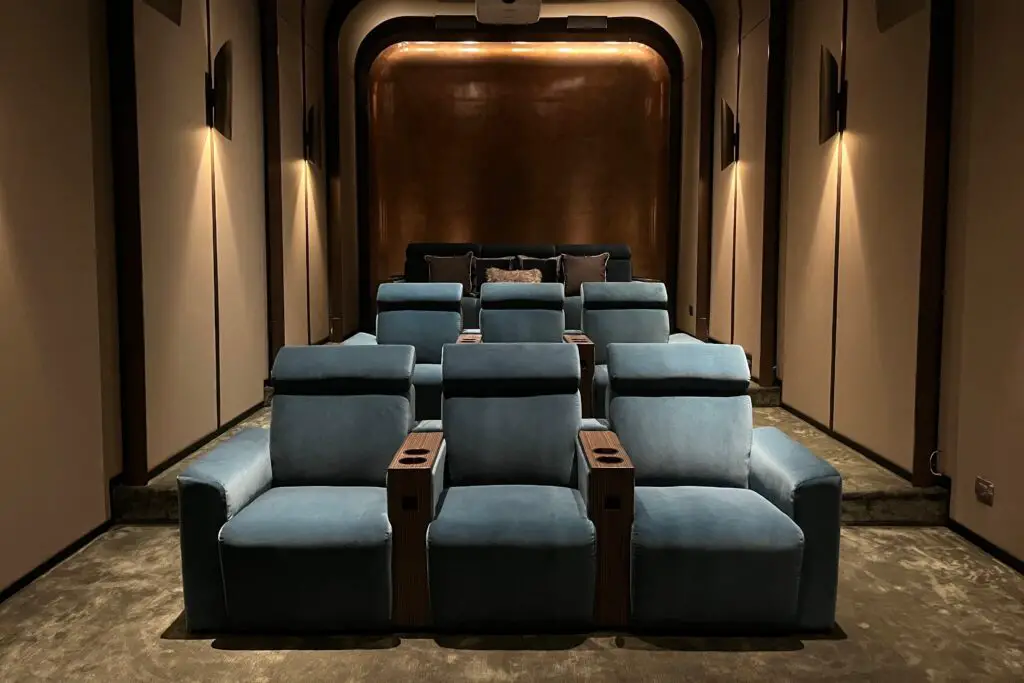
At first glance, a dedicated theater room seems like a dream addition. But in reality, it often eats up valuable square footage that could serve more versatile purposes. Not everyone watches movies on the big screen, and younger buyers are more inclined to stream on laptops and tablets. A room that’s too specialized can be more of a novelty than a selling point.
Theater rooms also tend to need expensive equipment updates, which potential buyers may not want to invest in. If the space is too dark or has stadium seating, buyers may feel it’s difficult to repurpose. They’ll see it as a project, not a perk. That makes your house stand out for the wrong reasons in a competitive market.
6. Outdoor Kitchens
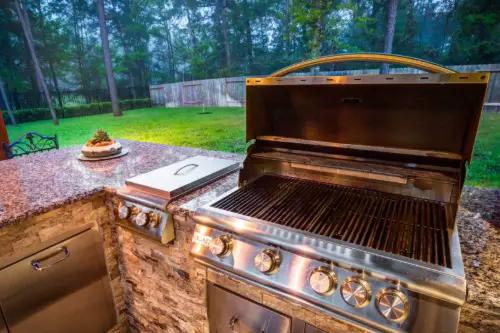
Outdoor kitchens look amazing on design shows, but they often don’t deliver on investment in practice. They can be expensive to install and maintain, especially in areas with harsh weather. Buyers may see an outdoor sink, fridge, or grill as just another thing that can break down. Unless someone entertains outside regularly, it can feel like wasted space.
For buyers in climates with short summers, outdoor kitchens aren’t practical at all. They may even prefer a simple patio or deck that they can customize instead. When prospective buyers mentally tally up what they’re paying for, they may decide that a high-end outdoor kitchen isn’t worth it. That perception usually leads to lower offers.
7. Excessive Landscaping
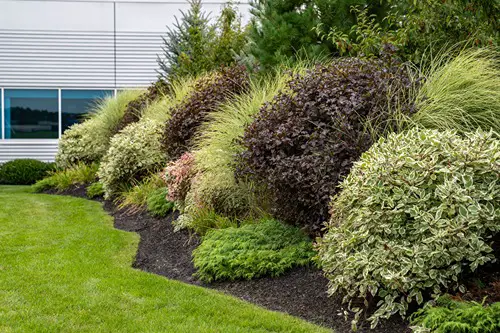
A beautifully manicured garden may make you proud, but overly complex landscaping can be intimidating to buyers. They may see hours of upkeep rather than a peaceful retreat. High-maintenance yards can also lead to higher water bills, fertilizer costs, and seasonal work. What’s soothing to you can look like a burden to someone else.
When landscaping feels overwhelming, buyers might mentally add the cost of hiring professionals to manage it. Large water features, exotic plants, or elaborate rock gardens often require specialized care. Some buyers even worry about the long-term viability of certain plants or installations. If your yard feels more like a full-time job than a place to relax, it can hurt your home’s value.
8. Too Many Small Rooms
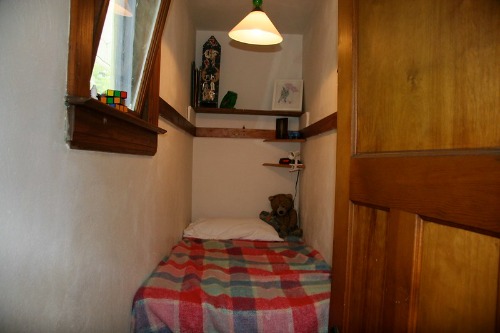
Open floor plans remain popular, and buyers often prefer flexible, airy spaces. Chopping up large rooms into smaller ones with walls or partitions usually backfires. It can make the home feel smaller, darker, and more cramped. Buyers don’t want to pay for renovations to undo recent work.
Even if you created extra bedrooms or an office, buyers may prefer fewer but larger spaces. Families especially value open areas where everyone can gather. When square footage feels fragmented, it reduces the overall flow of the home. That lack of versatility makes it less appealing to the widest range of buyers.
9. Bold Paint Choices
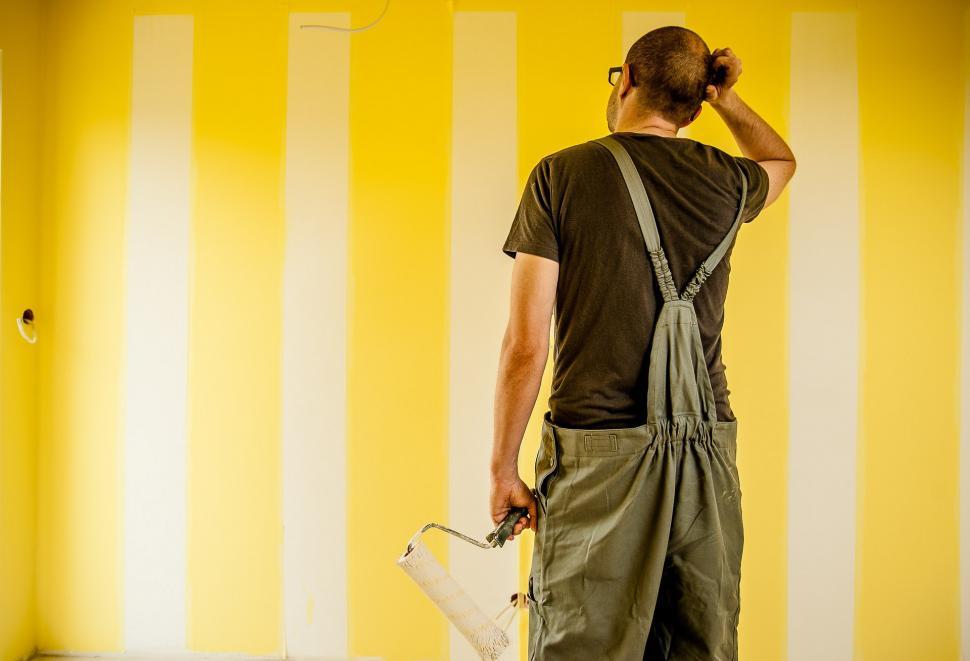
Vibrant colors like bright red, neon green, or jet black walls can feel fun and expressive. But buyers almost always prefer neutral palettes that make it easier to picture their own style in the home. Bold colors can be jarring, and they often clash with buyers’ existing furniture. Even if repainting is a simple fix, it still adds a “to-do” list in buyers’ minds.
Buyers often equate bold paint jobs with more work and cost after closing. Many also worry about how well new paint will cover the strong pigments underneath. Even accent walls can polarize opinions, and most buyers aren’t interested in making compromises. Neutral tones tend to sell homes faster, while bold choices can stall deals.
10. Luxury Upgrades That Don’t Match the Neighborhood
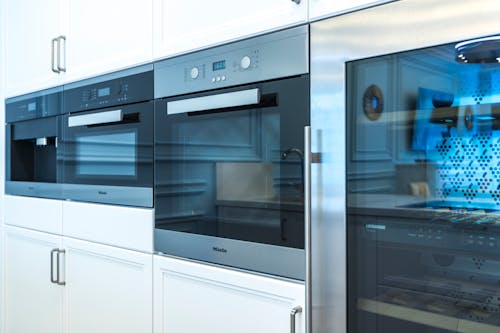
Installing a $50,000 chef’s kitchen in a modest starter home might feel like a personal upgrade, but it rarely pays off. Buyers compare your home to others nearby, and if your upgrades don’t match the neighborhood, they won’t support the higher asking price. In fact, luxury finishes can make your home feel overpriced. This mismatch usually discourages offers.
When buyers look in certain areas, they expect a balance of value and affordability. A house with over-the-top upgrades may stick out for the wrong reasons. Buyers may even assume your property taxes or maintenance costs are higher than comparable homes. In the end, your house won’t sell for as much as you hoped, despite the money you poured into it.
11. DIY Additions Without Permits
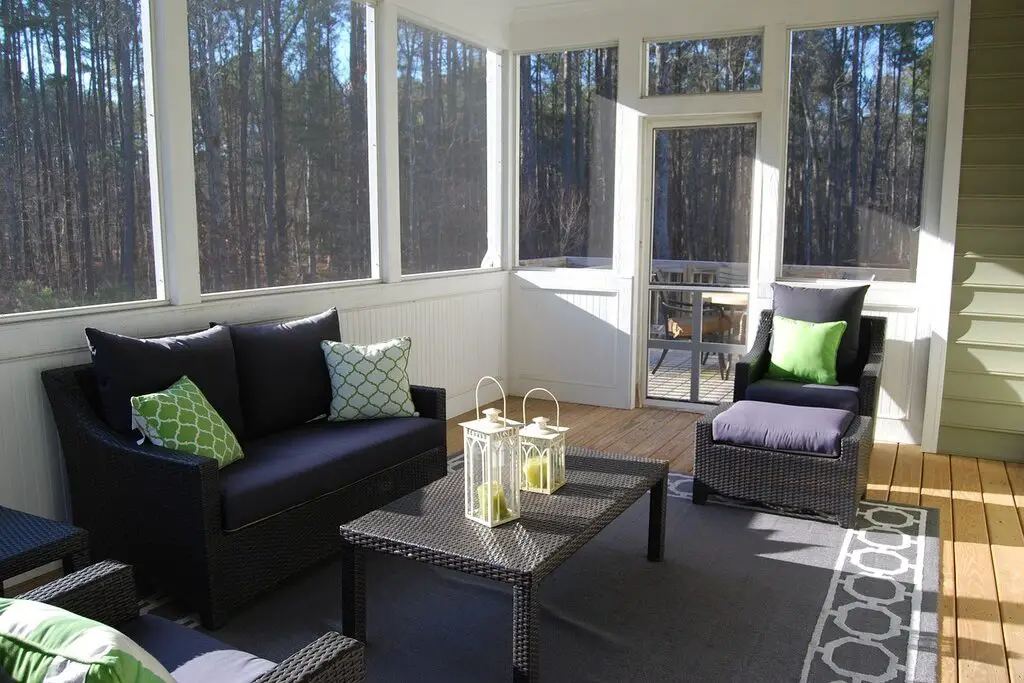
Adding a sunroom, deck, or finished basement without pulling the proper permits is a risky move. Buyers often find out during inspection, and unpermitted work can scare them off completely. Even if the space looks beautiful, they worry about safety and liability issues. Mortgage lenders and insurers may also refuse to approve the home.
Fixing the problem usually means going through retroactive inspections, paying fines, or even tearing the work out. Buyers don’t want to inherit that headache. They’ll either walk away or offer far less to cover the risk. Unpermitted additions almost always drag down resale value.
12. Built-In Aquariums
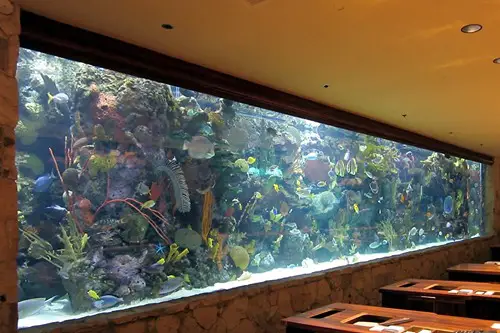
A massive built-in fish tank can be a striking feature, but most buyers see it as more trouble than it’s worth. Tanks require constant upkeep, and specialized equipment can be expensive. If the tank isn’t maintained, it quickly becomes an eyesore rather than a showpiece. Buyers are often turned off by the commitment.
Removing a built-in aquarium can also be costly and disruptive. Potential buyers may view it as an unnecessary obstacle rather than a luxury feature. Unless the buyer happens to be a dedicated aquarium enthusiast, the feature narrows your pool of interested parties. Instead of boosting appeal, it usually shrinks it.
13. Inconsistent Flooring
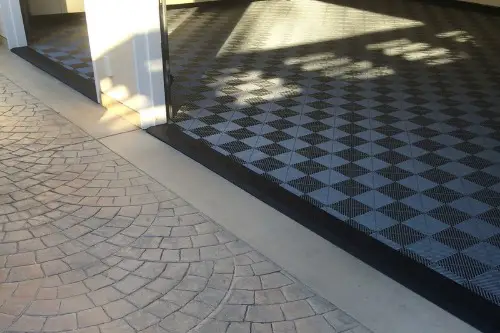
Mixing too many flooring types throughout the home can make it feel disjointed. One room with tile, another with laminate, and another with carpet can disrupt the flow and make the space look piecemeal. Buyers generally prefer consistency and cohesion in flooring. When it feels mismatched, it makes the home look dated or poorly planned.
Replacing floors to create a unified look can be costly, so buyers may adjust their offers accordingly. Some even walk away because the project feels too overwhelming. Flooring has a big impact on first impressions, and inconsistent choices can drag everything down. Cohesion matters just as much as quality when it comes to resale.
14. Sunken Living Rooms
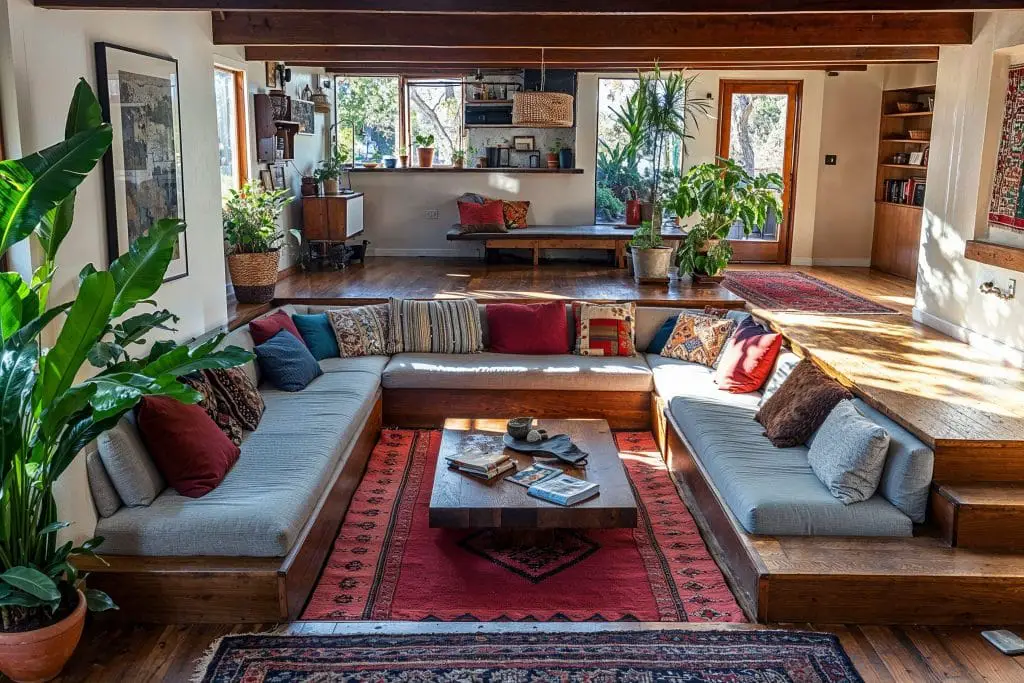
Retro-style sunken living rooms once felt trendy, but today they’re viewed as impractical. Buyers often see them as a tripping hazard, especially for families with young children or older relatives. The change in floor level also makes arranging furniture trickier and can limit how the space is used. What feels like a unique design to you often reads as outdated to them.
Repairing or raising a sunken floor is an expensive undertaking, which discourages many buyers. Some even view it as a safety issue that requires immediate correction. If buyers feel the living space isn’t versatile or safe, they’ll factor that into their offers. Instead of adding character, it can make your home seem like more work.
15. Over-the-Top Themed Rooms

Rooms decorated around a single theme, like a pirate ship bedroom or a medieval dining hall, might feel fun while you live there. But buyers struggle to imagine those spaces working for their own needs. A heavily themed room can look like an expensive project waiting to be undone. Buyers generally prefer blank slates over bold statements.
Even if the work is high quality, themed designs polarize potential buyers. They can overshadow the rest of the home and distract from its best features. Many people don’t want to spend time or money on stripping wallpaper, repainting, or removing props. The more specific the theme, the smaller your pool of interested buyers becomes.
16. Overbuilt Additions
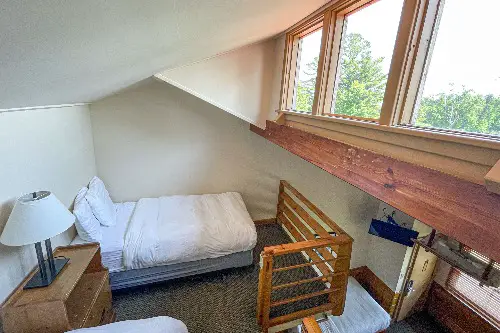
Adding too much square footage can actually hurt resale, especially if it throws off the balance of the property. A massive second-story addition on a small ranch home, for example, can look awkward and out of place. Buyers notice when additions don’t match the scale or style of the original structure. Instead of seeing it as extra space, they may see it as bad design.
Homes with oversized additions also tend to outprice the neighborhood. Buyers compare your home to nearby properties, and if it feels mismatched, they’ll hesitate. Bigger isn’t always better if it means breaking harmony with the rest of the street. In many cases, overbuilding leads to spending more than you’ll ever get back.
17. In-Home Saunas
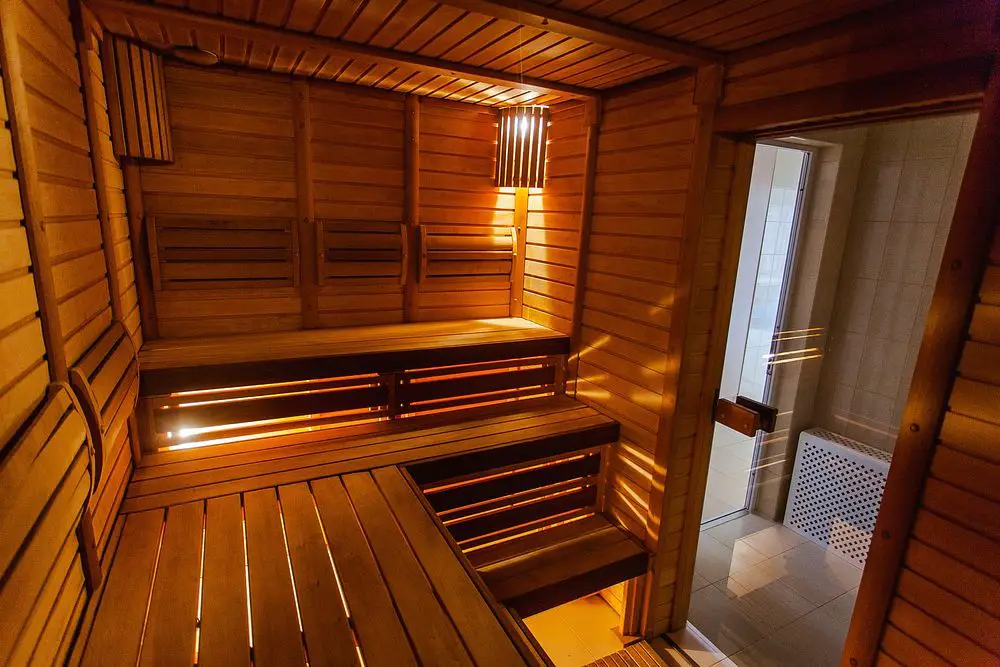
Saunas may seem luxurious, but most buyers don’t have them on their wish lists. They take up valuable square footage and often come with ongoing maintenance requirements. If not properly ventilated, they can even raise concerns about mold or moisture damage. What feels like a wellness upgrade to you can feel like a liability to others.
Removing or repurposing a sauna is rarely simple, so buyers may see it as a costly project. Unless the buyer specifically enjoys sauna use, they’re unlikely to value it. Instead, they may discount the home for the trouble of removing it. Specialty features like this rarely add universal appeal, which makes resale harder.
18. Faux Luxury Finishes
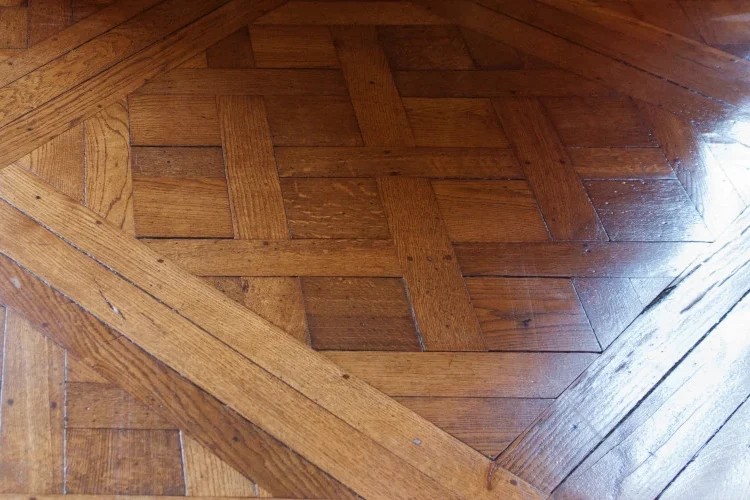
Cheap versions of luxury finishes, like stick-on tiles or plastic “wood-look” panels, tend to backfire. While they may look okay in photos, buyers spot the difference in person. Instead of seeing them as upgrades, they often see them as shortcuts. This creates an impression that the home may have other hidden cost-cutting issues.
Once buyers question the quality of finishes, they may assume the rest of the home has been handled the same way. That loss of trust leads to lower offers or fewer bids. Buyers generally prefer modest but genuine materials over fake luxury. Cutting corners to create a high-end look rarely pays off.
19. Indoor Hot Tubs
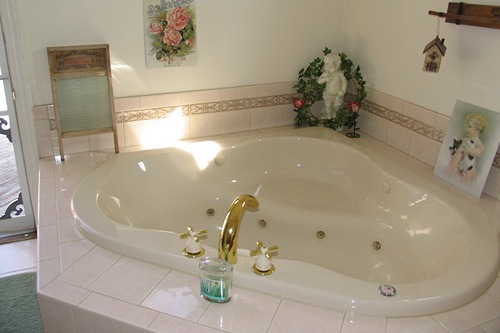
An indoor hot tub can sound indulgent, but most buyers see maintenance headaches. Moisture buildup often damages walls, ceilings, and flooring over time. Buyers may worry about mold, mildew, and ventilation problems. Instead of a perk, it can look like a looming repair project.
Even if the hot tub is well maintained, many buyers view it as unsanitary or outdated. They’ll imagine the hassle of removing it or question the home’s air quality. Very few people are actively searching for an indoor spa setup. As a result, this kind of addition usually lowers rather than raises appeal.
20. Excessive Built-Out Storage
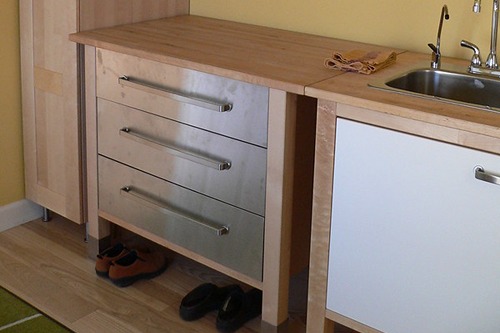
Storage is always a selling point, but going overboard can backfire. Oversized cabinets, wall-to-wall closets, or bulky shelving can make rooms feel cramped. Buyers prefer smart storage solutions that maximize space without overwhelming it. When storage dominates the room, it makes the home feel smaller instead of more functional.
Removing or downsizing built-out storage is often costly, which makes buyers hesitate. They want balance and flexibility, not storage that dictates how the space must be used. Even large walk-in closets can seem wasteful if they eat into living areas. In the end, excess storage can feel more like lost square footage than an advantage.
21. Outdated Technology Systems
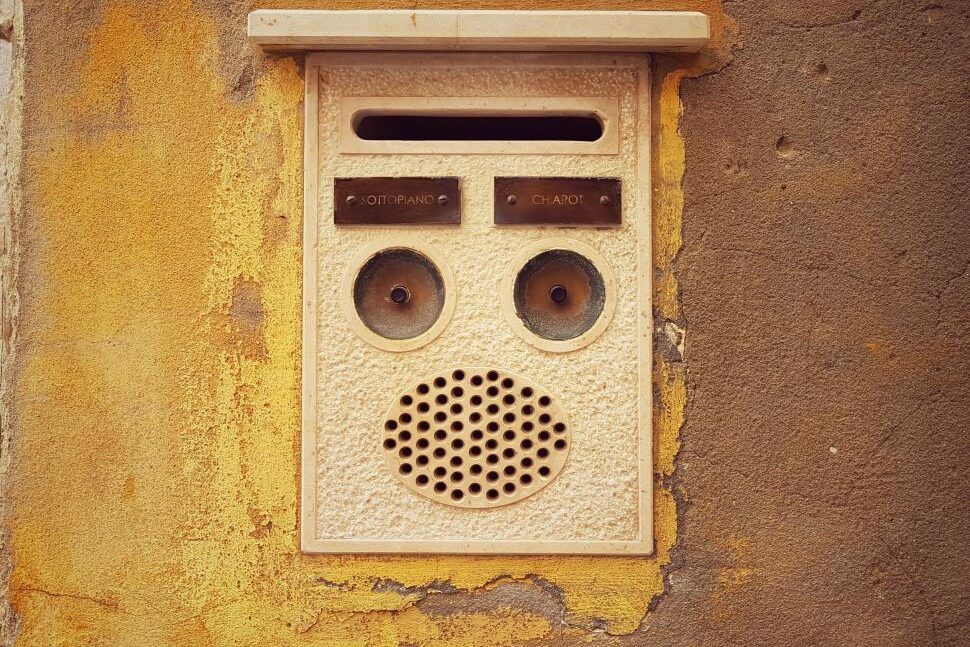
Wiring a home with intercoms, built-in speakers, or wall-mounted control panels once felt cutting-edge. Today, most of those systems look dated and are easily replaced by wireless tech. Buyers don’t want to deal with outdated equipment that takes up space or requires repairs. Instead of convenience, it can read as clutter.
Technology also ages faster than almost any other feature in a home. What felt like an upgrade a decade ago may now feel like a relic. Buyers would rather add their own smart systems than inherit outdated ones. Tech-heavy homes that haven’t kept pace with current trends often sell for less.
This post 21 Home Additions That Lower Resale Value Instantly was first published on Greenhouse Black.
